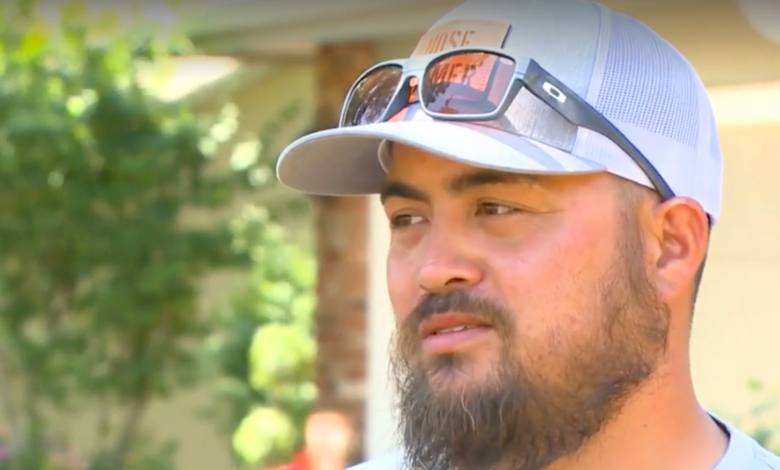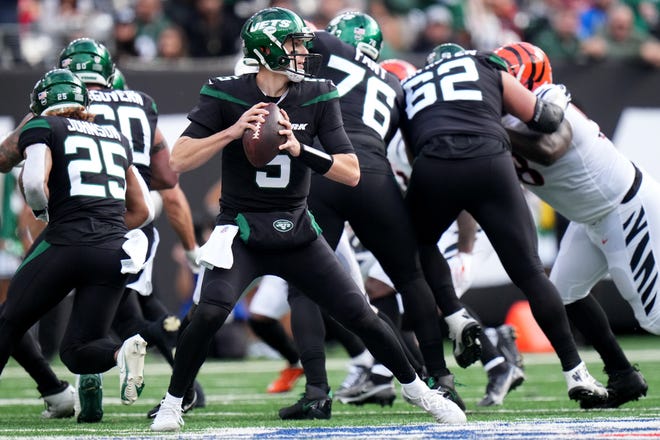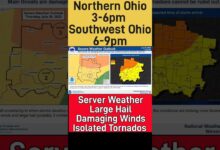
CYNTHIA: BRADLY HANAWA NLTEVER CONSIDERED HIMSELF A LUCKY GUY. HE CAME HOME IN A WHEELCHAIR AFTER SERVING IN AFGHANISTAN. BUT HE THOUGHT HIS LUCK HAD CHANGED WHEN HE FOUND A WINNING LOTTERY TICKET IN HIS WIFE’S R.CA FOR $100,000 >> MY GUT DROPPED, A CHANCE TO HAVE A 100,000 WAS AWESO. CYNTHIA: HE SAYS HIS WIFE CARLA BOUGHT THE TICKET NOVEMBER 26, 2019 AT A QUIK TRIP. THE PROBM,LE THEY DID NOT TRY TO CLAIM THE PRIZE UNTIL FEBRUARY 8, 2021. IT HAD EXPIRED NOVEMBER ,30 2020. >> IT DOESN’T HURT BECAUSE I DIDN’T HAVE THAT MONEY BUT IT HURTS BECAUSE I COULD HAVE HAD THAT MON.EY I HAVE SIX DAUGHTERS. THAT WOULD HAVE BEEN REALLYICE N , TO HELP OUT WITH BILLS AND EVERYTHING ELSE. CYNTHIA HANNAWALT SAYS HIS WIFE : HAD COVID IN NOVEMBER AND ARGUED FOR AN EXTENSION BUT THE LOTTERY DID NOT GRANT EXTENSNSIO SINCE THEY NEVER CLOSED DURING THE PANDEMIC. >> WE FEEL GREAT EMPATHY FOR THOSE FOLKS. BUT IOWA LAW, POWERBALL LAW,HE T ADMINISTRATIVE RULES ARE VERY CLEA ONCE A PRIZE IS EXPIRED, IT CANNOT BE MECLAID. CYNTHIA THE IOWA LOTTERY HAD : ISSUED A STATEWIDE RELSEEA ABOUT THE UNCLAIMED 100 GRAND. >> WE PUT OUT A REMINDER IN THE FINAL WEEK SAYING PLEASEEASE, DOUBLE CHECK YOUR TICKET, LOOK AT HOME, CHECK THE SUN VISOR ON YOUR CAR, IF YOU HAVE A PILE OF TICKETS, CHECK THEM. CYNTHIA: THE HANNAWALTS CHECKED THEIRS TOO LATE BUT INSTEAD OF COUNTING HIS LOTTERY LOSSES, BRADLEY IS NOW COUNTING HIS BLESSINGS. >> IT WAS MONEY I DIDN’T HAVE BUT I HAVE EVERYTHING I WANT. I’M BLESSED TO HAVE 6 HEALTHY KIDS, I’M WALKING AGAIN. WE 'E ’RE ALL HEALTHY AND HAPPY AND WE’RE LOVING LI. FE CYNTHIA: CARLA IS NOT GIVING UP HOPE HER LUCK WITH THE IOWA LOTTERY WILL STRIKE AGN.AI SHE STILL CONTUES INTO BUY 2-3 LOTTERY TICKETS EACH WK. CYNTHIA FODOR, KCCI 8 NEWS, IOWA’S NEWS LEADE R. STEVE: HE HAS A GREAT ATTITUDE. YOU KNOW YOU CAN’T WIN IF YOUE. DON’T PLAY. THE IOWA LOTTERY SAYS EVEN WITH COVID EXTENSIONS IN OTHER STATES THE COUPLE WOULDN’T HAVE BEEN ABLE TO CLAIM THE PRIZE BECAUSE THOSE STATES DON’T ALLOW A
A man found a winning $100K lottery ticket in his wife's car. But it had already expired
What would you do with an extra $100,000? Des Moines resident Bradly Hanawalt said he asks himself that every day after learning too late that he had a winning Powerball ticket. Hanawalt said his wife purchased the winning lottery ticket Nov. 26, 2019, at a QuikTrip. "My gut dropped," he said. "A chance to have $100,000 was awesome."According to Hanawalt, the lottery ticket expired Nov. 30, 2020. He said he tried to claim the prize on Feb. 8, 2021 after finding the ticket in his wife's car."It doesn't hurt because I didn't have that money, but it hurts because I could have had that money," Hanawalt said. "I have six daughters. It would have helped with bills and everything else."Hanawalt said his wife had COVID-19 in November and that he argued for an extension with the Iowa Lottery. The Iowa Lottery did not grant extensions on claiming prize money because the organization did not close during the pandemic."We feel great empathy for those folks (…) but Iowa law, Powerball law … the administrative rules are very clear," said Mary Neubauer, with Iowa Lottery. "Once a prize is expired it cannot be claimed."Neubauer said Iowa Lottery issued a statewide release about the unclaimed Powerball prize before it expired."We put out a reminder in the final week saying, 'Please, please check. Look at home. Check the sun visor on your car. If you have a pile of tickets, check them,'" she said. Despite checking the winning ticket too late, Hanawalt said he is focused on counting his blessings instead of his lottery losses."It’s money I didn't have, but I have everything I want," he said. "I'm blessed to have six healthy kids. I'm walking again. We're all healthy and happy, and we're loving life."Hanawalt said his wife believes luck will strike again and that she continues to buy lottery tickets each week.Watch the video above to learn more about this story.
What would you do with an extra $100,000?
Des Moines resident Bradly Hanawalt said he asks himself that every day after learning too late that he had a winning Powerball ticket.
Hanawalt said his wife purchased the winning lottery ticket Nov. 26, 2019, at a QuikTrip.
"My gut dropped," he said. "A chance to have $100,000 was awesome."
According to Hanawalt, the lottery ticket expired Nov. 30, 2020. He said he tried to claim the prize on Feb. 8, 2021 after finding the ticket in his wife's car.
"It doesn't hurt because I didn't have that money, but it hurts because I could have had that money," Hanawalt said. "I have six daughters. It would have helped with bills and everything else."
Hanawalt said his wife had COVID-19 in November and that he argued for an extension with the Iowa Lottery.
The Iowa Lottery did not grant extensions on claiming prize money because the organization did not close during the pandemic.
"We feel great empathy for those folks (…) but Iowa law, Powerball law … the administrative rules are very clear," said Mary Neubauer, with Iowa Lottery. "Once a prize is expired it cannot be claimed."
Neubauer said Iowa Lottery issued a statewide release about the unclaimed Powerball prize before it expired.
"We put out a reminder in the final week saying, 'Please, please check. Look at home. Check the sun visor on your car. If you have a pile of tickets, check them,'" she said.
Despite checking the winning ticket too late, Hanawalt said he is focused on counting his blessings instead of his lottery losses.
"It’s money I didn't have, but I have everything I want," he said. "I'm blessed to have six healthy kids. I'm walking again. We're all healthy and happy, and we're loving life."
Hanawalt said his wife believes luck will strike again and that she continues to buy lottery tickets each week.
Watch the video above to learn more about this story.
Source link









